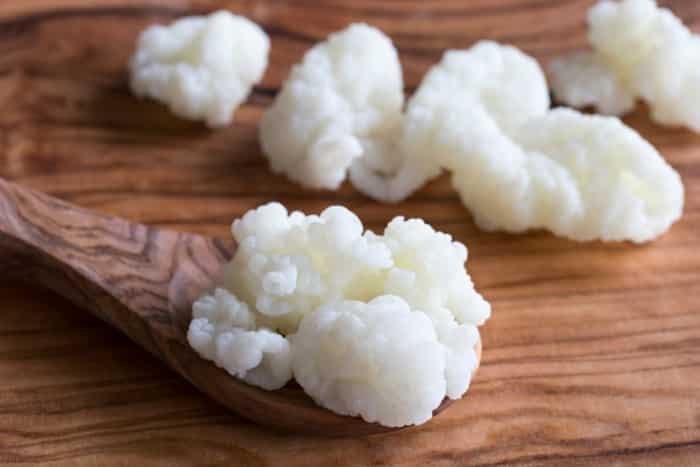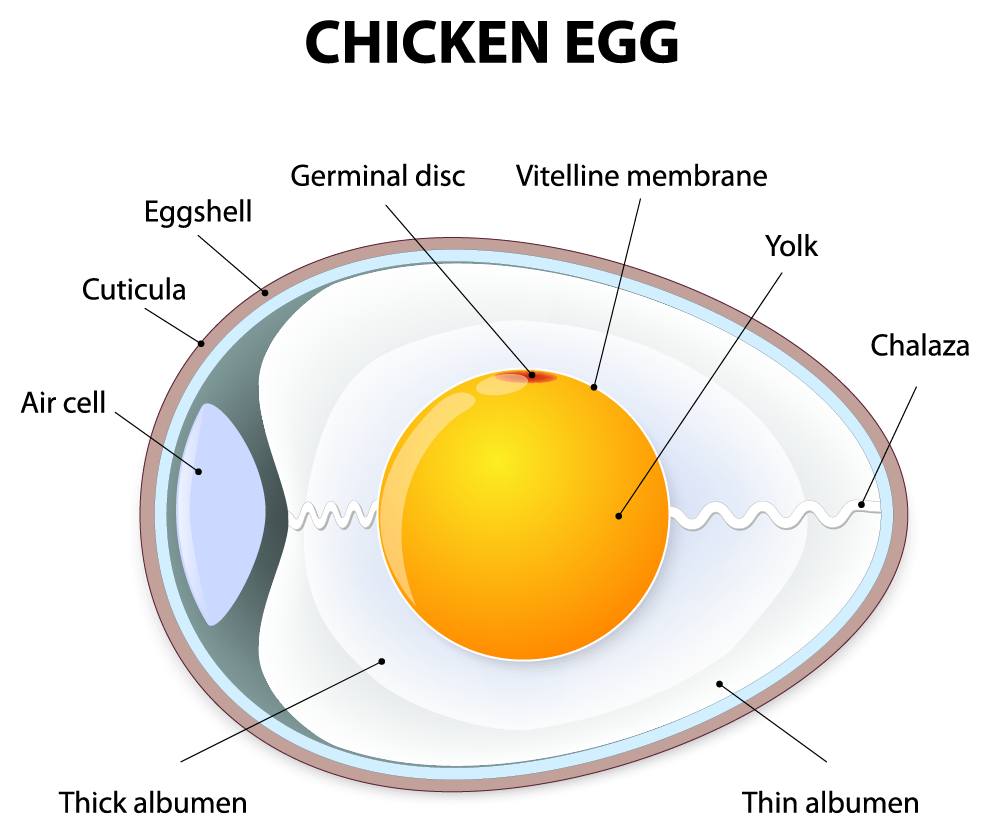As a food commodity, honey has been used for centuries as a sweetener and human energy source. However, honey is more than that.
Although the nutrition profile varies depending on the type, a single tablespoon (21 g) of honey typically has 64 calories and 17 g of carbohydrates with little to no fat, fibre, and protein.
It also contains several micronutrients, such as potassium, iron, and zinc — but in trace amounts.
Though honey is high in sugar and calories, it’s still a better choice than refined sugar. While refined sugar brings little to the table in terms of nutrition, honey provides antioxidants* such as phenolic acids and flavonoids. These antioxidants are partly responsible for the healthfull properties of honey, through the reduction of oxidative stress.
*Antioxidants are compounds that help fight disease-causing free radicals, thereby reducing your risk of oxidative cell damage.
A close relationship between the honey antioxidant activity and total phenolic content has been proven which may in turn increase the antioxidant status of your blood.
These compounds play a central role in health and disease — with some research suggesting that they may protect against chronic conditions, such as heart disease, cancer, and diabetes.
However, while honey may be a better option than refined sugar, it should still be consumed in moderation to prevent adverse effects on your health, such as weight gain.









